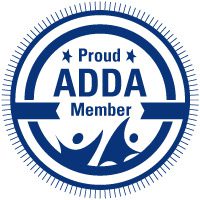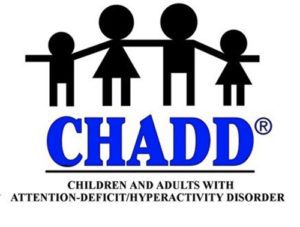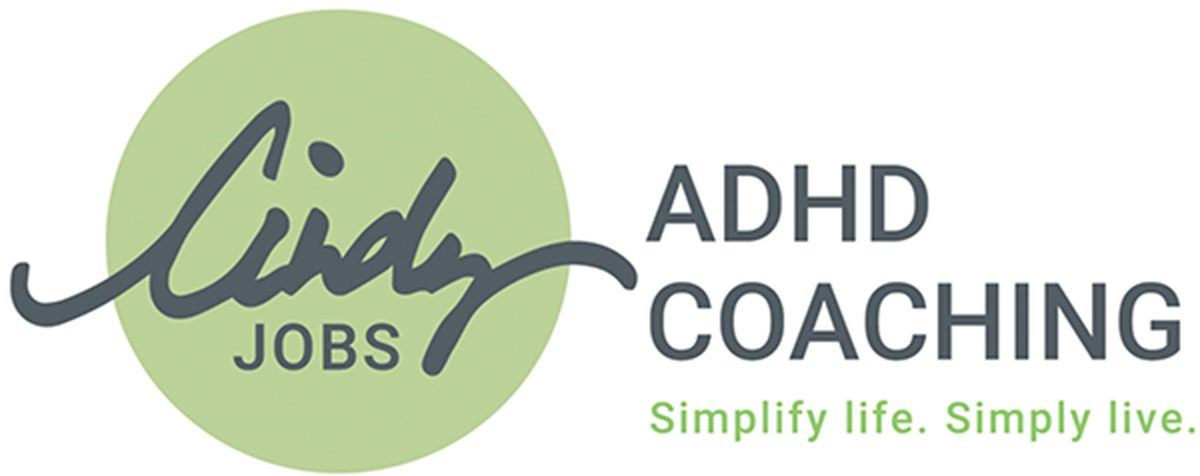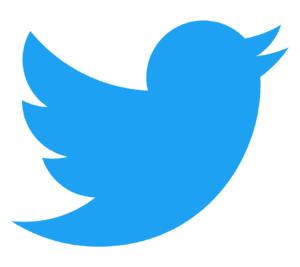“I want the popcorn hour my parents always had.”
During a recent appointment, a client mentioned her parent’s “popcorn hour” as something she aspired to. “Popcorn hour” was the magical time when all the work was done for the day, and they could sit back with a bowl of popcorn and focus on each other.
The “popcorn hour” metaphor proved to be a powerful influence to help this client identify the motivation for getting her daily tasks finished before dinner. Although not being heavy-handed, I mentioned “popcorn hour” multiple times during the appointment.
- “What would having a “popcorn hour” mean to you?
- “How can you make “popcorn hour” a reality?
- “What’s standing in the way of “popcorn hour?”
What is a metaphor, and how can it be used as a powerful tool in coaching?
Metaphor: an object, activity, or idea that is used as a symbol of something else. (Miriam-Webster)
Metaphors are a powerful part of coaching. Sometimes it’s hard to articulate why some things concrete, or abstract for that matter, are important. Using metaphors can help to clarify the vague.
As reported in Psychology Today, a study conducted by Thibodeau and Boroditsky in 2011 proved that how we use metaphors can change how we actually think. For example, a crime-ravaged city was described using different metaphors to two groups. The upshot is that the “… study shows that changing the metaphor actually changed the way readers thought about the crime issue. If it was a beast, it needed to be controlled. If it was a disease, it needed to be treated.” Wow. If we metaphorically address something one way or another, we can change how we think about it.
Melissa Burkley, Ph.D., suggests five rules for crafting a powerful metaphor:
1. Simple. If it’s complicated, it may not work. And be sure to stick to a single metaphor (e.g., he was skating on thin ice), not mixing and matching (e.g., he was skating on thin ice and finally decided to bite the bullet). For example, “Popcorn hour” is a straightforward metaphor.
2. Thematic. Select metaphors that reinforce your story. “Popcorn hour” reinforced the visual of relaxation.
3. Original. “When it rains, it pours” is a metaphor we’ve all heard a million times, but what does it mean to you? The most potent metaphor is unique to us and our circumstances. I’m betting “popcorn hour” doesn’t come up on any internet metaphor search. 🙂
4. Relevant. Effective metaphors connect two concepts. “Popcorn hour” has a direct and relevant connection with my client. In my client’s mind, “popcorn hour” is directly related to completed work and relaxation.
5. Important. Be sure to not get into metaphor overload. When we see how powerful metaphors can be, we sometimes want to use them over and over and over again. So don’t overuse “popcorn hour” as tempting as it may be.
How could a metaphor connect you to something that seems just out of your grasp?
Cindy Jobs
Looking for more information?
Click here for ADHD-friendly Time Management Tools
Click here to schedule a complimentary breakthrough session.
For more helpful information, follow me on Facebook.








